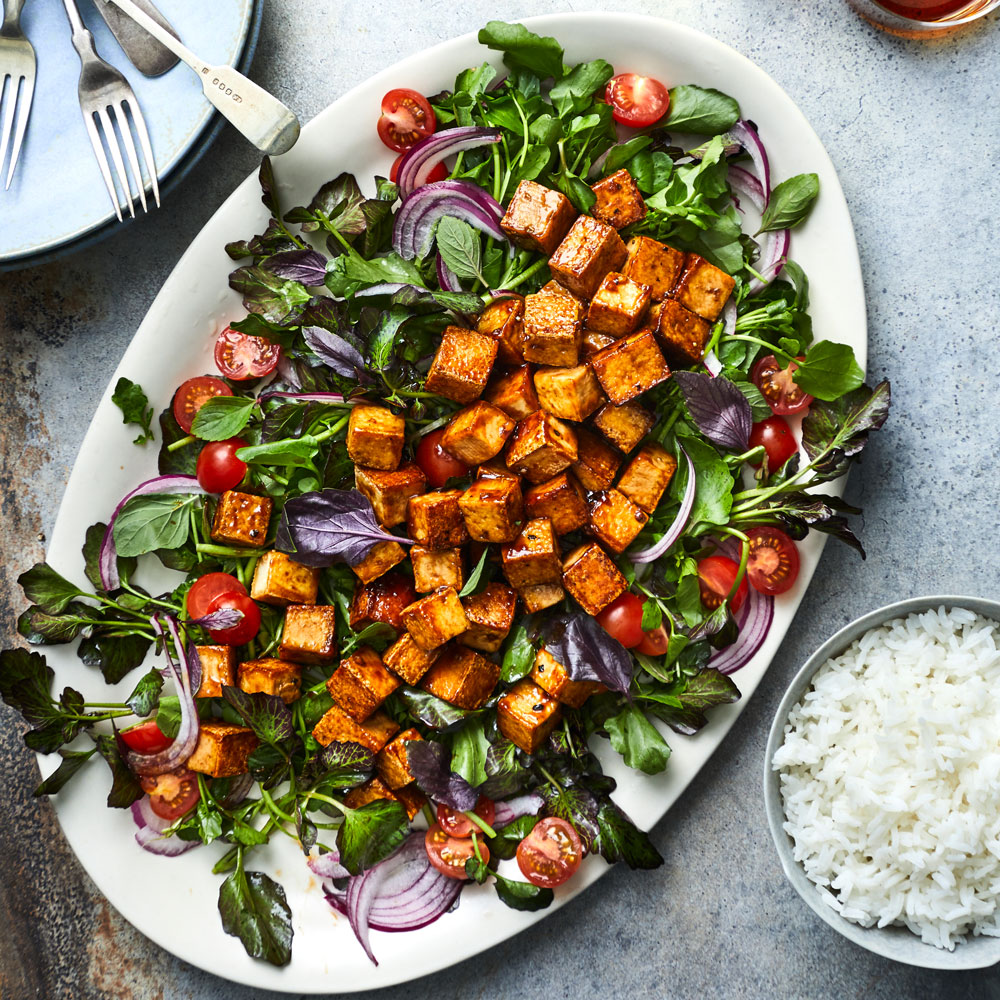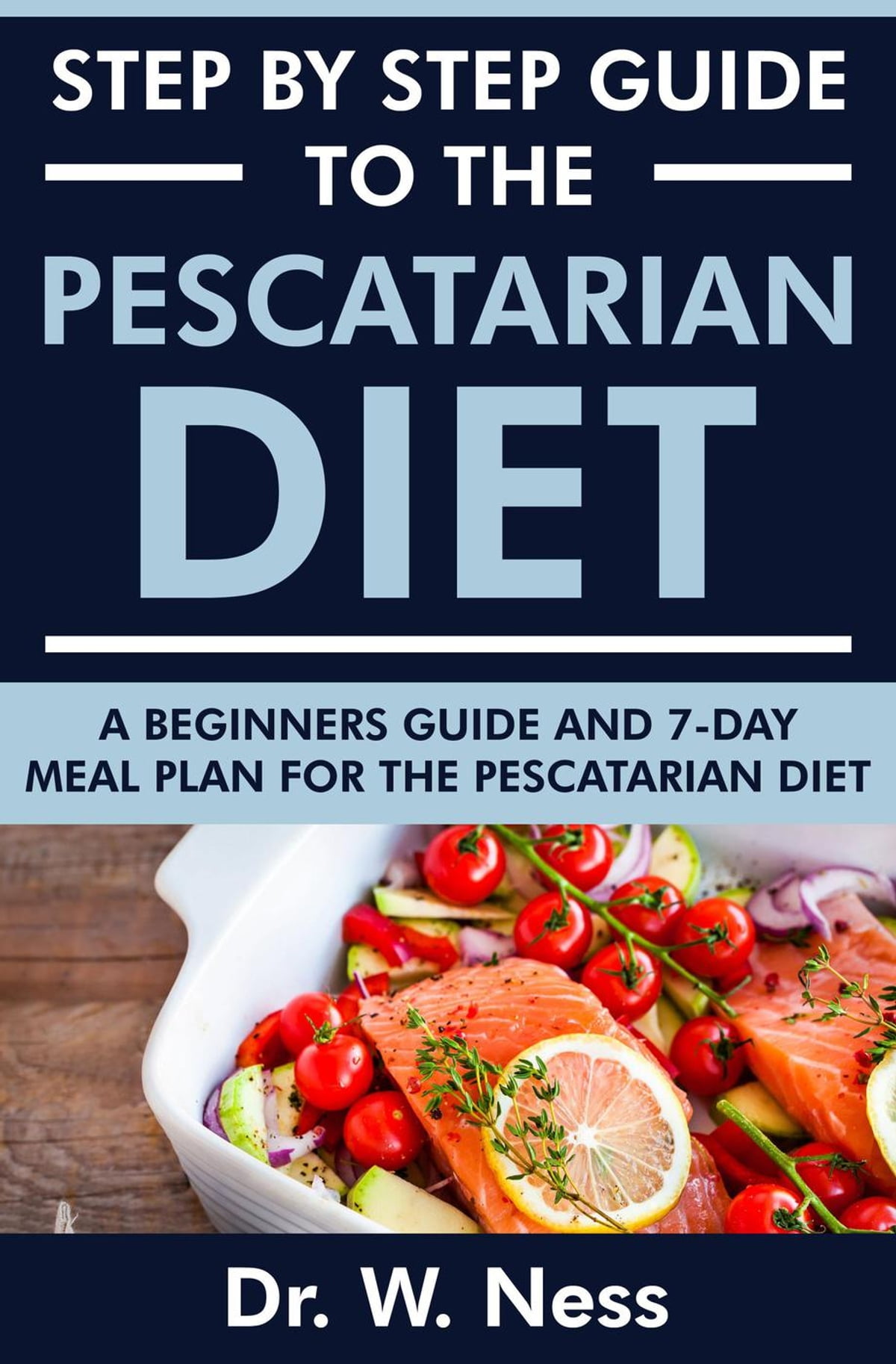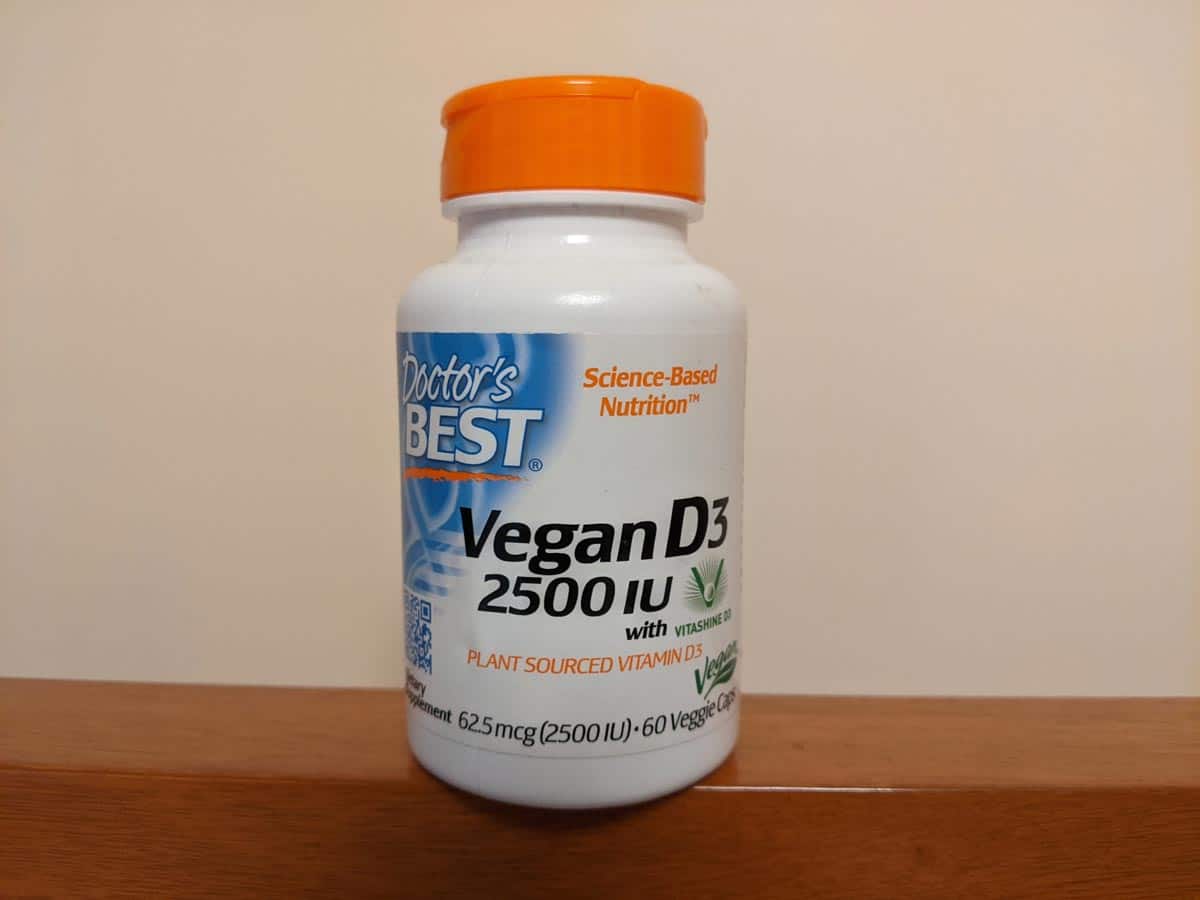
Pupusas reveltas (traditional Salvadoran dish) are made using thick, handmade tortillas with refried beans stuffed inside. They are served with curtido or a fermented, cabbage-based slaw and salsa roja.
Pupusas are a favorite food in Latin America and other countries where Latin immigrants settled. In Central America, pupusas tend to be grilled on a comal.
Revuelta, which means "stuffed" is Spanish. These savory treats are filled with a variety of ingredients ranging from refried legumes to squash flowers. They can also be topped with other items, such as pickled cabbage and salsa roja, to add to their unique flavor.
It is a traditional Salvadoran dish that is often enjoyed with masa harina. This flour is a mixture consisting of rice, corn and flour. These doughs, which are easy to work and soft, can be stuffed in many different ways.

In a large bowl, combine the masa harina (corn flour) and salt. Then, mix in the water until you have a malleable dough. The dough can be worked with your hands. Add more water if necessary.
When the dough becomes smooth, roll it into golf ball-sized rounds with your hand. Make an indentation at the center of each of these balls and add a little chicharron, refried bean or a mixture of fillings. Seal the hole with a bit of dough, then flatten into a disk and place in a hot skillet. Flip the balls over when their bottoms are golden brown. Repeat with the other dough balls.
You'll want to keep your fingertips lubricated so that they don’t stick to the dough when you work. If you want to wet your fingers as needed, keep a small water bowl near your work area.
When the dough is ready to use, poke a hole with your thumb in the center of each ball and insert a piece refried beans. Close the hole with a bit of dough and fold it up over the filling until it is completely sealed.
These crunchy, puffy snacks are great for breakfast, lunch, or dinner. The high calorie and nutritional content makes them a great choice for people who are looking for a healthy snack.

To make the best pupusa, roll out a thin, long shape. Then, stuff it with fillings, such as cheese and refried beans. This is a quick and easy recipe that's perfect for parties or family meals.
Try a more sophisticated recipe by adding shredded ham and cheese. The resulting pupusa is a cheesy treat that's sure to delight your entire family!
Place the puffy treats in a heavy skillet such as cast-iron when you are ready to serve them. Heat the pan on medium heat. Cook them for several minutes each side. Once they have a golden brown color, flip them to the other surface and continue to cook for several minutes. The golden brown crust will be more crispy.
FAQ
How does an antibiotic work?
Antibiotics are drugs which destroy harmful bacteria. Antibiotics are used to treat bacterial infections. There are many types of antibiotics. Some are taken orally, some are injected, and others are applied topically.
Antibiotics can often be prescribed for people who have been infected with certain germs. To prevent shingles, an oral antibiotic may be prescribed to someone who has had chicken pox. An injection of penicillin may be necessary to prevent pneumonia if someone has strep.
Doctors should prescribe antibiotics to children. Children are more susceptible to side effects from antibiotics than adults.
The most common side effect associated with antibiotics is diarrhea. Other side effects that could occur include nausea, vomiting and dizziness. These side effects usually disappear once treatment has ended.
How often should you exercise?
It is important to exercise for a healthy lifestyle. But, you don't need to spend a specific amount of time exercising. Find something you like and stay with it.
If you work out three times a week, then aim to complete 20-30 minutes of moderate intensity physical activity. Moderate intensity is when you still have to breathe hard after the workout. This type of exercise burns approximately 300 calories.
Walking is a great option if you are a keen walker. You can do 10-minute walks four days per week. Walking is low in impact and easy for your joints.
If you'd rather run, try jogging for 15 minutes three times a week. Running is a great way of burning calories and building muscle tone.
If you're not used to exercising, start slowly. You can start with only 5 minutes per week of cardio. Gradually increase the duration until you reach your goal.
What's the difference between a virus & a bacterium?
A virus is a microscopic organism that cannot reproduce outside its host cell. A bacterium is a single-celled organism that reproduces by splitting itself in two. Viruses are small, around 20 nanometers in size. Bacteria are much larger, at 1 micron.
Viruses can be spread by contact with bodily fluids containing infected substances, such as saliva, urine and semen. Bacteria are often spread via direct contact with contaminated surfaces and objects.
Viral infections can be transmitted through skin cuts, scrapes and bites. They can also get into the skin through the nose, mouth and eyes, ears as well as through the rectum, rectum and anus.
Bacteria may enter our bodies through cuts and scrapes on our skin, burns, insect bites, and other wounds. They can also be introduced to our bodies by food, water and soil.
Both viruses and bacteria can cause illness. However, viruses cannot reproduce within their hosts. Viral infections can only cause diseases in living cells.
Bacteria can spread within the host and cause illness. They can also invade other parts of your body. That's why we need antibiotics to kill them.
Do I need calories to count?
It is possible to wonder "what the best diet is for me?" or "is counting calories necessary?" The answer to this question depends on many factors, including your current health, your personal goals and preferences, as well as your overall lifestyle.
The Best Diet For Me: Which One Is Right?
The best diet for me depends on my current health status, my personal goals, my preferences, and my overall lifestyle. There are many diets out there, some good and some bad. Some diets work better than others. So what do I do? How can I make the right choice?
These questions are addressed in this article. This article begins with a brief overview of the various types of diets that are available today. Next, we will discuss the pros & cons of each kind of diet. Finally, we'll look into how to choose the best one for you.
To begin, let's take a quick look at the different types of diets.
Diet Types
There are three main types. Low fat, high protein, or ketogenic. Let's briefly discuss them below.
Low Fat Diets
A low fat diet reduces the amount of fats you eat. This is accomplished by decreasing the intake of saturated fats like butter, cream cheese, and other dairy products. They are replaced by unsaturated fats such as avocados, olive oil, and cream cheese. Low fat diets are often recommended to those who wish to lose weight quickly. However, constipation, stomach pain, and heartburn can all be caused by this type of diet. In addition, it may lead to vitamin deficiencies if a person doesn't get enough vitamins from their food.
High Protein Diets
High-protein diets limit carbohydrates and favor proteins. These diets often have higher levels of protein than most other diets. They are meant to help build muscle mass and burn more calories. One problem is that they may not provide adequate nutrition to someone who needs it. They can be quite restrictive and are not recommended for everyone.
Ketogenic Diets
The keto diet is also known as the keto diet. They are high on fat but low in carbs and proteins. Athletes and bodybuilders use them because they allow them more time and harder training without getting tired. To avoid side effects such as fatigue, nausea, headaches, or other unpleasant side effects, you must strictly adhere to their instructions.
What is the best food for me?
The best diet for you depends on several factors, like your age, gender, weight, health conditions, and lifestyle habits. Consider how much energy and low-calorie foods you consume, as well as whether or not you are a fan of fruits and vegetables.
Intermittent fasting is a good option if you're trying to lose weight. Intermittent Fasting means that you eat only one meal per day and not three. This might be better than traditional diets that have daily calorie counts.
Studies have shown that intermittent fasting can improve insulin sensitivity and decrease inflammation. This could lead to lower blood sugar levels and a reduced risk of developing diabetes. Other studies suggest that intermittent fasting could promote fat reduction and improve overall body structure.
How do I know what's good for me?
You need to listen to your body. Your body knows best when it comes to how much exercise, food, and rest you need. To avoid overdoing it, it's important that you pay attention to what your body is telling you. Be aware of your body and do what you can to keep it healthy.
Statistics
- Extra virgin olive oil may benefit heart health, as people who consume it have a lower risk for dying from heart attacks and strokes according to some evidence (57Trusted Source (healthline.com)
- According to the 2020 Dietary Guidelines for Americans, a balanced diet high in fruits and vegetables, lean protein, low-fat dairy and whole grains is needed for optimal energy. (mayoclinichealthsystem.org)
- The Dietary Guidelines for Americans recommend keeping added sugar intake below 10% of your daily calorie intake, while the World Health Organization recommends slashing added sugars to 5% or less of your daily calories for optimal health (59Trusted (healthline.com)
- According to the Physical Activity Guidelines for Americans, we should strive for at least 150 minutes of moderate intensity activity each week (54Trusted Source Smoking, harmful use of drugs, and alcohol abuse can all seriously negatively affect your health. (healthline.com)
External Links
How To
What does the meaning of "vitamin?"
Vitamins are organic compounds naturally found in food. Vitamins help us absorb nutrients in the foods we consume. Vitamins cannot be produced by the body. They must be obtained from food.
There are two types: water-soluble and fat-soluble vitamins. Water-soluble vitamins dissolve easily when they are dissolved in water. Vitamin C,B1(thiamine), B2 (2riboflavin), and B3 (3niacin), as well as vitamin C,B1, B2 (riboflavin), and B3 (niacin), vitamin B6 (pyridoxine), vitamin folic acid (biotin), pantothenic, and choline are examples. The liver and fat soluble vitamins are stored in fatty tissue. You can find vitamin D, E K, A and beta carotene as examples.
Vitamins can be classified according to biological activity. There are eight main groups of vitamins.
-
A - vital for normal growth and maintaining good health.
-
C - important for proper nerve function and energy production.
-
D - Vital for healthy bones and teeth
-
E is required for good vision and reproduction.
-
K - Required for healthy nerves and muscles.
-
P – Vital for building strong bones.
-
Q - aids digestion, absorption and absorption iron
-
R – Required for making red blood vessels.
The recommended daily allowance of vitamins (RDA), varies depending upon age, gender, physical condition, and other factors. The U.S. Food and Drug Administration has established the RDA values.
For example, the RDA for vitamin A is 400 micrograms per dayfor adults 19 years or older. For fetal development, pregnant women require 600 micrograms per daily. Children ages 1-8 require 900 micrograms per day. Children under 1 year old require 700 micrograms daily, while infants over one year old need 500 micrograms every day. This decreases between 9 and 12 months.
Children between the ages of 1-18 need 800 micrograms per daily for obesity, while those overweight require 1000 micrograms. To meet their nutritional needs, children underweight and obese need 1200micrograms.
Children 4-8 years old with anemia will need 2200 mg of vitamin D daily.
2000 micrograms daily is required for adults over 50 to maintain their general health. Because of their higher nutrient needs, women who are pregnant or nursing need 3000 mg per day.
1500 micrograms is the recommended daily intake for adults aged 70+, as they lose 10% of their muscle every ten years.
Women who have been pregnant or are lactating require more than the RDA. Pregnant mothers need 4000 micrograms per daily during pregnancy and 2500 after giving birth. Breastfeeding mothers require 5000 micrograms daily when breast milk production is occurring.